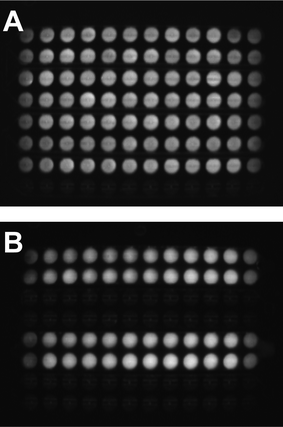

Successful examples can be found in several X-ray observatories such as Yohkoh, 8 8. One of the detector technologies capable of single X-ray photon detection is direct-detection CCDs, which are widely used, especially in X-ray astronomy.

One of the main goals is enabling single-photon-detection while maximizing the detectable peak signal. To meet these demands, various X-ray pixel detector development programs have been carried out or are currently in progress.

Measurements must be synchronized to the XFEL pulse in order to analyze the data correlation between XFEL pulse characteristics and/or the sample identity. Therefore, samples are exchanged or scanned in many experiments in order to avoid the effects of X-ray damage. The high intensity of XFEL pulses can cause irreversible sample damage with single-shot irradiation. From an experimental point of view, the XFEL pulse characteristics fluctuate shot-by-shot due to inherent characteristics of the Self-Amplified Spontaneous Emission amplification scheme or other possible instabilities in the linear accelerator. These novel light source characteristics promise development of a wide range of applications, with some already demonstrating new capabilities. Recent advances in X-ray Free-Electron Laser (XFEL) technologies have enabled the production of full spatial coherence, ultra-short pulse duration, and high brilliance lasers in the X-ray frequency domain.


 0 kommentar(er)
0 kommentar(er)
